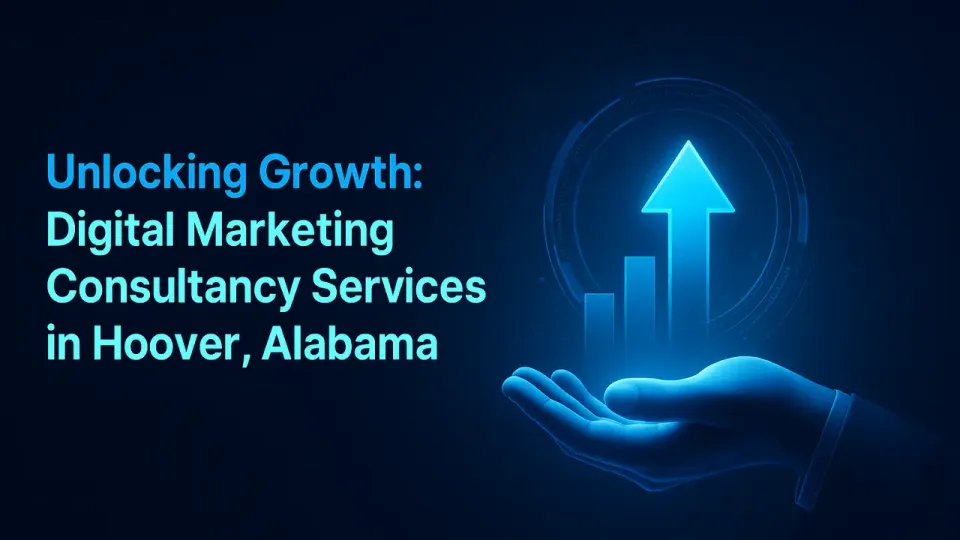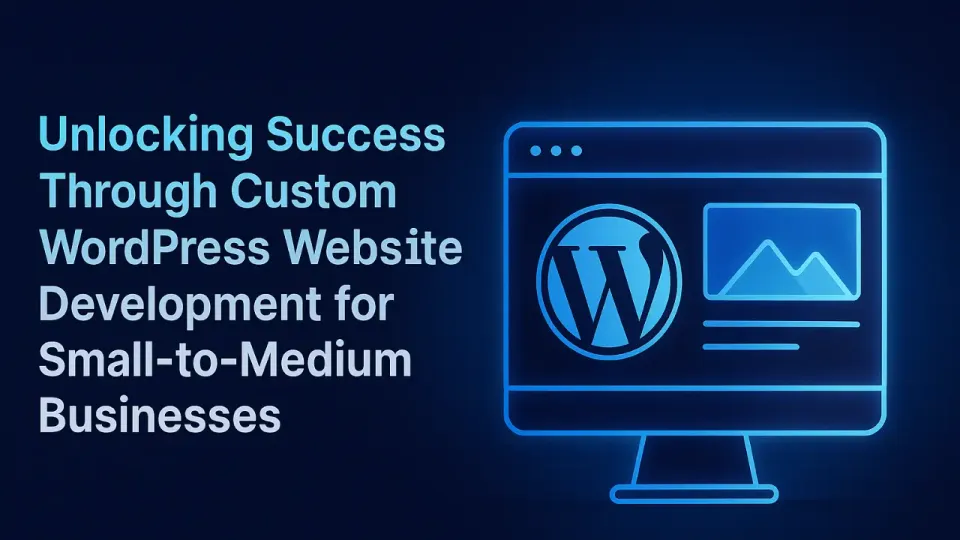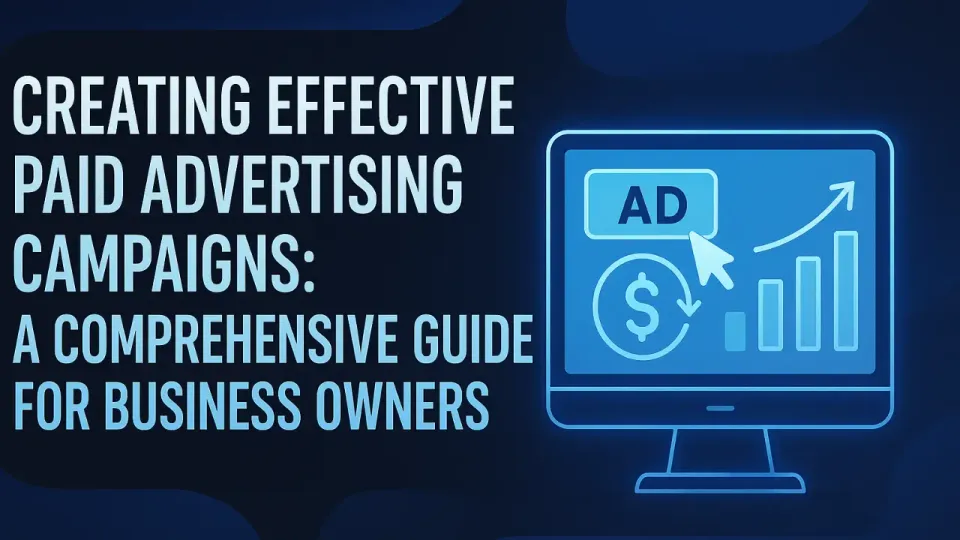Why Website Load Times Equal A Better User Experience

Imagine you walk into a store, and it takes several minutes for someone to help you. Frustrating, right? The same frustration happens online when a website takes too long to load. In today's fast-paced digital world, every second counts, especially when it comes to your website. A slow-loading website can drive visitors away, impacting your business growth and success.

Our Voiceover Process
Fast website load times are more than just a technical detail—they are essential for creating a positive user experience. When your website loads quickly, visitors are more likely to stay, explore, and engage with your content. This article will delve into why website load times matter so much and how improving them can lead to a better user experience, ultimately helping your business thrive.
The Importance of Website Load Times
In the digital age, the speed at which your website loads can make or break your online presence. Studies show that users expect a website to load in under three seconds. If it takes longer, they are likely to abandon the site and look elsewhere. This brief window of time is your chance to make a positive first impression.
Slow load times don't just frustrate visitors—they also harm your business. A delay of even one second can result in a significant drop in conversions, meaning fewer sales or leads for your business. For small businesses, every customer counts, and losing potential clients due to slow load times can be costly.
Moreover, search engines like Google prioritize fast-loading websites in their rankings. This means that a faster website not only keeps visitors happy but also improves your search engine optimization (SEO). Better SEO leads to higher visibility, more traffic, and ultimately, more business.
In summary, fast website load times are crucial for retaining visitors, increasing conversions, and improving your search engine rankings. By ensuring your website loads quickly, you create a smoother, more enjoyable experience for your users and set your business up for greater success.
User Expectations and Behavior
Today's internet users are more impatient than ever. With advancements in technology and increasing internet speeds, people expect websites to load almost instantly. If your website doesn't meet these expectations, users are quick to leave and may never return.
When a website takes too long to load, it creates a negative first impression. Visitors perceive your business as unprofessional or unreliable, damaging your reputation. Research shows that 47% of consumers expect a web page to load in two seconds or less, and 40% will abandon a site that takes more than three seconds to load. This immediate response can significantly impact your bounce rate—the percentage of visitors who leave your site after viewing only one page.
Additionally, slow load times affect how users interact with your site. When faced with delays, users are less likely to engage with your content, fill out forms, or make purchases. This lack of engagement can lead to lower conversion rates, meaning fewer customers and sales.
For small business owners, understanding these behaviors is crucial. Your website's performance directly influences your ability to attract and retain customers. By prioritizing fast load times, you align with user expectations, creating a smoother, more satisfying experience that encourages visitors to stay, explore, and engage with your business.

SEO and Load Times
Website load times are not just about user satisfaction—they play a crucial role in search engine optimization (SEO). Google and other search engines aim to provide the best possible experience for their users, and fast-loading websites are a key component of that experience. This means that how quickly your website loads can directly impact your search engine rankings.
When your website loads quickly, it signals to search engines that your site is well-maintained and user-friendly. Google, in particular, has made it clear that page speed is a ranking factor in its algorithms. Faster websites are more likely to appear higher in search results, making them more visible to potential customers.
Higher search rankings are essential for attracting organic traffic. Most users do not scroll past the first page of search results, so being near the top can significantly increase the number of visitors to your site. This increased visibility leads to more opportunities for engagement, conversions, and ultimately, business growth.
Moreover, fast load times contribute to lower bounce rates and longer session durations, both of which are positive signals to search engines. When users stay on your site longer and engage with more content, it indicates that your site is valuable and relevant, further boosting your SEO performance.
For small business owners, optimizing website load times is a strategic move that enhances both user experience and SEO. By focusing on speed, you improve your chances of ranking higher in search results, driving more traffic to your site, and ultimately growing your business.
"Joining this community has been a game-changer for staying updated on the latest trends & events!" - John B.
Mobile Users and Load Times
In an era where mobile browsing has surpassed desktop usage, optimizing your website for mobile users is more critical than ever. Mobile users often have slower internet connections compared to desktop users, making load times even more crucial.
When mobile users encounter slow load times, their frustration can be even greater due to the expectation of quick, on-the-go access. Google has recognized this shift and now uses mobile-first indexing, meaning it primarily uses the mobile version of your site for ranking and indexing. This makes mobile load times a significant factor in your overall search engine performance.
For small businesses, capturing mobile traffic can lead to substantial growth. A well-optimized mobile website ensures that users can access your site quickly, no matter where they are. This accessibility translates to more opportunities for engagement and conversions.
Optimizing for mobile means paying attention to various elements that can affect load times. These include:
- Responsive Design: Ensure your website adapts seamlessly to different screen sizes and orientations.
- Image Optimization: Use compressed images that load quickly without sacrificing quality.
- Minified Code: Reduce the size of your HTML, CSS, and JavaScript files to improve load times.
- Leveraging Browser Caching: Enable caching so that returning visitors experience faster load times.
By focusing on these strategies, you can significantly improve the mobile user experience. This not only helps retain visitors but also enhances your site's SEO, driving more traffic and potential customers to your business. In a mobile-first world, ensuring fast load times is essential for staying competitive and meeting the needs of your audience.
Strategies to Improve Website Load Times
Improving your website's load times is a practical and achievable goal, even for small business owners. By implementing a few key strategies, you can create a faster, more responsive site that enhances user experience and boosts your SEO. Here are some effective techniques to get you started:
1. Optimize Images
Large, uncompressed images are one of the main culprits of slow load times. By compressing images without losing quality, you can significantly speed up your site. Use tools like TinyPNG or JPEGoptim to reduce image sizes, and consider using modern formats like WebP for even better performance.
2. Minimize HTTP Requests
Each element on your webpage, such as images, scripts, and stylesheets, requires an HTTP request to load. The more requests your site makes, the longer it takes to load. Simplify your design by reducing the number of elements, combining CSS and JavaScript files, and using CSS sprites for images.
3. Leverage Browser Caching
Browser caching stores parts of your website in a visitor's browser so that they don't have to download everything again on subsequent visits. Set an expiration date for static resources like images, CSS files, and JavaScript files to improve repeat load times.
4. Use Content Delivery Networks (CDNs)
CDNs distribute your website's content across multiple servers around the world. This means that users access the server closest to them, reducing latency and speeding up load times. Popular CDNs include Cloudflare, Akamai, and Amazon CloudFront.
5. Optimize Server Performance
The performance of your web server plays a crucial role in load times. Choose a reliable hosting provider, and consider upgrading to a faster server if necessary. Implementing server-side caching, using a content management system (CMS) optimized for speed, and enabling compression (like GZIP) can also help.
6. Minify and Compress Files
Minifying HTML, CSS, and JavaScript files removes unnecessary characters and spaces, reducing their size. Tools like UglifyJS and CSSNano can help with this process. Additionally, enabling GZIP compression on your server can further reduce file sizes, leading to faster load times.
7. Reduce Redirects
Each redirect creates additional HTTP requests and increases load times. Minimize the use of redirects and ensure that necessary redirects are as efficient as possible.
By implementing these strategies, you can significantly improve your website's load times. Not only will this create a better experience for your users, but it will also enhance your SEO performance, leading to higher visibility and more traffic. For small business owners, investing in website speed is a smart move that can drive engagement, conversions, and ultimately, business success.
Summary
In today's digital landscape, the speed at which your website loads is a critical factor in providing a positive user experience. Fast load times not only meet user expectations but also improve your site's SEO, attract more mobile users, and drive engagement and conversions. By focusing on optimizing images, minimizing HTTP requests, leveraging browser caching, using CDNs, enhancing server performance, minifying and compressing files, and reducing redirects, you can create a faster, more efficient website.
However, optimizing website load times can be complex, especially for small business owners who may not have the technical expertise or resources to implement these strategies effectively. This is where partnering with a professional digital marketing agency like Zenogram can make a significant difference. With their expertise in website optimization and analytics, they can help you achieve the desired effect, ensuring your website loads quickly and provides an exceptional user experience.
By working with a trusted partner, you can focus on running your business while they handle the technical details, driving better results and helping your business grow. Investing in website speed and performance is not just a technical necessity—it's a strategic move that can lead to greater success in the competitive online marketplace.





